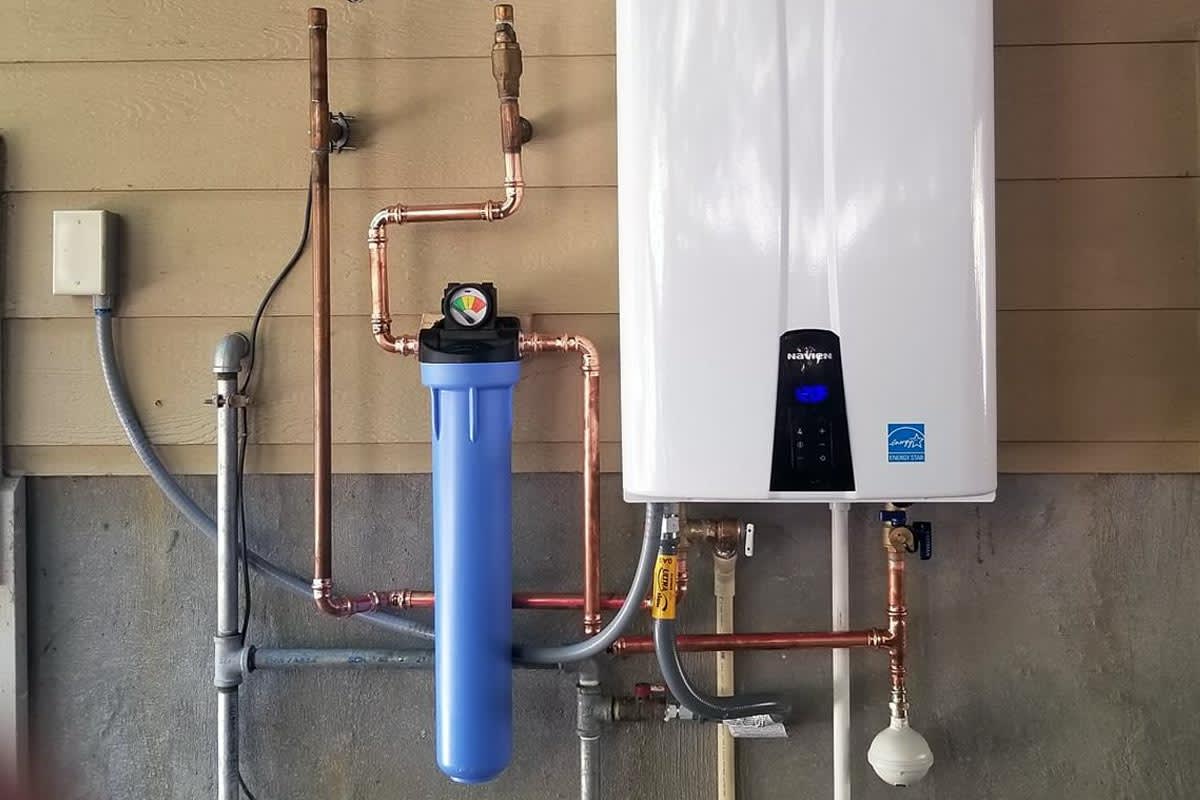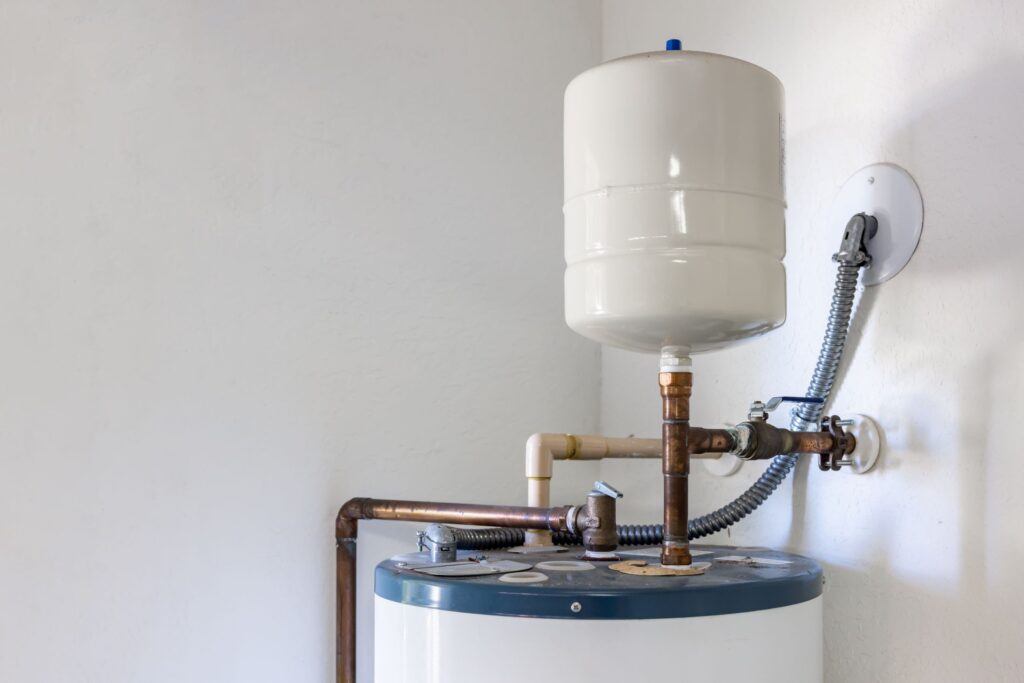Expert Guidance on Caring for Your Home's Hot Water SystemHow to Effectively Maintain Your Home's Hot Water SystemWays to Properly Maintain Your Home's Hot Water System
Expert Guidance on Caring for Your Home's Hot Water SystemHow to Effectively Maintain Your Home's Hot Water SystemWays to Properly Maintain Your Home's Hot Water System
Blog Article
We have encountered this post involving Water Heater Maintenance Tips You Can't Afford to Forget directly below on the net and concluded it made sense to share it with you over here.

Warm water is vital for day-to-day convenience, whether it's for a revitalizing shower or washing dishes. To ensure your hot water system runs successfully and lasts much longer, routine maintenance is vital. This short article gives functional pointers and understandings on just how to preserve your home's warm water system to avoid interruptions and pricey repair work.
Introduction
Maintaining your home's hot water system may appear challenging, however with a couple of straightforward steps, you can guarantee it runs efficiently for many years to come. This guide covers everything from comprehending your warm water system to DIY maintenance ideas and understanding when to call expert assistance.
Value of Keeping Your Warm Water System
Routine maintenance not only extends the life expectancy of your hot water system but additionally guarantees it operates effectively. Overlooking maintenance can lead to decreased effectiveness, greater power costs, and even premature failure of the system.
Signs Your Warm Water System Demands Upkeep
Knowing when your warm water system needs attention can stop major problems. Watch out for signs such as irregular water temperature, weird noises from the heater, or rusty water.
Understanding Your Warm Water System
Before diving right into maintenance tasks, it's handy to comprehend the basic elements of your hot water system. Usually, this consists of the water heater itself, pipelines, anode poles, and temperature level controls.
Regular Monthly Upkeep Tasks
Routine month-to-month checks can assist catch minor issues before they rise.
Flushing the Water Heater
Flushing your water heater removes sediment build-up, boosting performance and lengthening its life.
Checking and Replacing Anode Rods
Anode poles prevent rust inside the storage tank. Inspecting and replacing them when worn is important.
Examining and Readjusting Temperature Level Settings
Adjusting the temperature setups ensures ideal performance and safety and security.
DIY Tips for Upkeep
You can execute numerous maintenance tasks on your own to maintain your hot water system in leading problem.
Looking for Leakages
Regularly examine pipes and connections for leakages, as these can lead to water damage and greater costs.
Examining Pressure Relief Valves
Testing the pressure relief valve ensures it functions correctly and prevents too much stress buildup.
Insulating Pipes
Insulating warm water pipes decreases warm loss and can save energy.
When to Call a Professional
While DIY upkeep is useful, some problems require professional competence.
Complex Issues Needing Professional Aid
Instances consist of major leakages, electrical troubles, or if your hot water heater is consistently underperforming.
Regular Specialist Upkeep Conveniences
Specialist maintenance can consist of extensive examinations, tune-ups, and guaranteeing compliance with security criteria.
Final thought
Regular upkeep of your home's warm water system is necessary for effectiveness, long life, and expense savings. By following these suggestions and recognizing when to seek expert aid, you can ensure a reputable supply of hot water without unforeseen disturbances.
Water Heater Maintenance: The Basics
Maintaining your water heater will ensure it operates efficiently and has a longer lifespan. Neglecting regular maintenance can lead to costly repairs and an even bigger chunk of your savings if you have to replace it sooner than necessary. But there’s good news: Most water heater maintenance tasks are relatively simple and easy for homeowners with basic DIY skills.
Flush the Water Heater
Over time, sediment and minerals can build up in the tank, reducing its efficiency and potentially causing damage. To flush the tank, turn off the power or gas supply, attach a hose to the drain valve near the bottom and open the valve to drain the water until it runs clear. Ideally, flush the tank annually.
Replace the Anode Rod
The anode rod is a sacrificial metal rod that helps prevent corrosion inside the tank. Inspect and replace it every three to five years or per the manufacturer's recommendation. To replace the anode rod, turn off the power or gas supply, drain a few gallons of water from the tank, unscrew the old rod and replace it with a new one. If the anode rod is significantly corroded or covered in calcium buildup, it's a sign the water heater may need to be replaced soon.
Tune-Up
A yearly tune-up can help identify potential issues and ensure your water heater operates at peak efficiency. This typically involves checking the thermostat, burner assembly (for gas heaters) and any other components specified by the manufacturer. During a tune-up, the technician may also clean the burner and adjust the pilot light (for gas heaters) or examine the heating elements (for electric heaters).
How to Maintain Your Water Heater
Insulate the tank. Insulating the tank can improve energy efficiency and reduce heat loss, saving you money on energy bills. You can purchase precut insulation blankets designed specifically for water heaters or use standard fiberglass insulation wrapped securely around the tank. Check the temperature. The recommended water temperature for most households is around 120 degrees Fahrenheit (49 degrees Celsius). Higher temperatures can increase energy costs and potentially cause scalding. Use a kitchen thermometer to check the temperature at the faucet nearest the water heater. Monitor water pressure. Excessive water pressure can strain the water heater and cause leaks or even tank failure. Install a pressure-reducing valve if necessary. The ideal water pressure range is between 60 and 70 PSI (pounds per square inch). Test the temperature and pressure (T&P) relief valve. The T&P relief valve is a safety feature that releases pressure if the tank gets too hot or the pressure builds up too high. Test it annually by lifting the lever and allowing a small amount of water to release. Replace the valve if it doesn't release water or reseal properly. Check for leaks. Regularly inspect the tank, pipes and fittings for leaks or corrosion. Deal with issues promptly to prevent further damage. Even a small leak can lead to significant water damage over time. Consider a tankless water heater. If your traditional tank-style water heater is nearing the end of its lifespan ( typically 10 years), consider replacing it with a tankless water heater. These units heat water on demand, reducing standby energy losses and potentially saving you money on your energy bills. Schedule professional maintenance. While homeowners can perform many water heater maintenance tasks, it's still a good idea to schedule professional maintenance every few years. A plumber or HVAC technician can thoroughly inspect the unit, identify potential issues and ensure it operates safely and efficiently. https://www.homeserve.com/en-us/blog/home-improvement/hot-water-heater-maintanence/

We were guided to that write-up about Tips For Maintaining Your Hot Water Heater through a friend on another domain. Loved our piece? Please share it. Let another person find it. Thanks a bunch for your time. Come back soon.
Click Here Report this page